Headquarters: 535 Pine Street, Central Falls, RI 02863
Call us: 401-274-0111
When a homeowner needs a new roof, they often ask, “Can you build a roof over an existing roof?” Adding a new layer of shingles over the existing roof, called reroofing, saves on the cost, hassle, and mess of a tear-off, all of which are good reasons to consider this option, if possible!
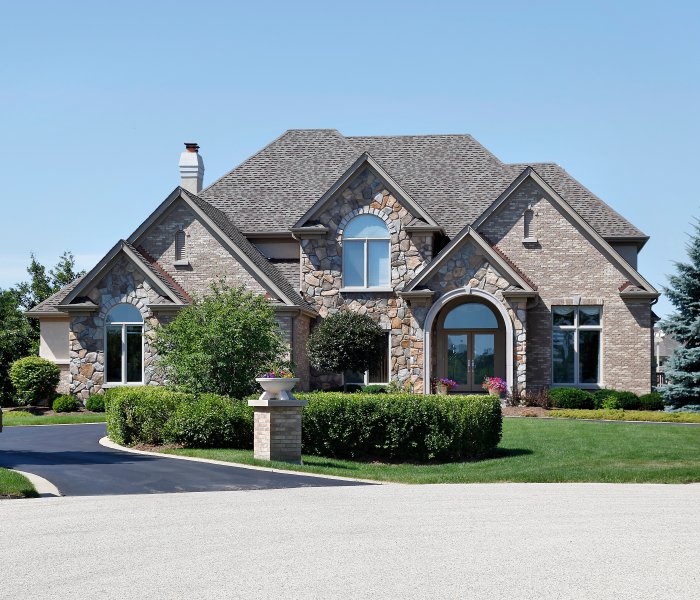
If your home’s current roof is functional but needs more than a few repairs, you might be able to build a roof over the existing roof layers. You’ll need to note building codes, the condition of existing shingles and decking, and the home’s structural stability before deciding if reroofing is an option for you.
Since not all homes are good candidates for reroofing, it’s helpful for homeowners to note when you can choose reroofing versus a tear-off, and why your home might need an entirely new roof instead. Homeowners might also ask if they can increase the pitch of a roof or change its shape with reroofing or other such simple changes, for better drainage or an improved appearance.
To ensure you’re keeping your home in good repair and always looking its best, consider these simple tips about reroofing versus a new roof installation, and how to attach a new roof to an old roof. You can then discuss all your options with a roofing contractor near you, and make the best decision for your home.
A roofing contractor near you is the best source of information when it comes to your roof repair or re-roofing options and needs; however, you might note some details that they typically look for when it comes to your home’s roof and what might affect your choices for new roofing and repairs.
While there might be many reasons you cannot opt for reroofing and need a complete tear-off, note that adding a new roof layer over an old roof means less cost and hassle, as well as less mess and trash. Asphalt shingles are recyclable but this process often creates lots of fumes and emissions, if you can even find a company willing to recycle shingles! Opting for a reroofing where possible means keeping those shingles out of landfills, making it a very eco-friendly choice for homeowners.
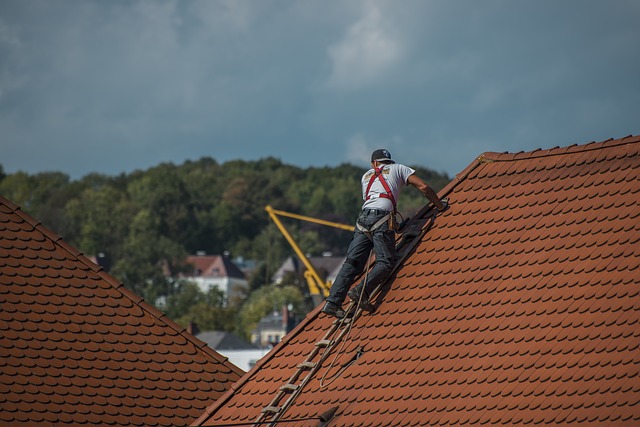
While re-roofing or adding a new roof to an old roof is an excellent choice in many cases, there are times when this simply will not work for a home, and when a roof replacement is best. Roof decking damage should be addressed before new shingles are added, as one example, to prevent interior water leaks, structural damage, and mold growth.
Asphalt shingles typically last anywhere from 10 to 30 years, depending on their quality. Metal panels over asphalt might last some 50 years or more.
For the longest roof lifespan, leave this work to a pro! Professional installation helps ensure shingles stay in place even in high winds, increasing their lifespan. A high-quality installation is even more important when reroofing or adding a new roof over an old, to ensure those shingles are attached properly and the roof is in good condition before work begins.
While weather conditions also affect asphalt lifespan, so does the way you maintain your home’s roof over the years. Invest in regular roof washing, to remove damaging storm debris and drying soot, dust, air pollution, and other such residues. An annual inspection also allows you to make repairs as soon as needed, keeping damage to a minimum and ensuring your home’s roof is always in good repair.
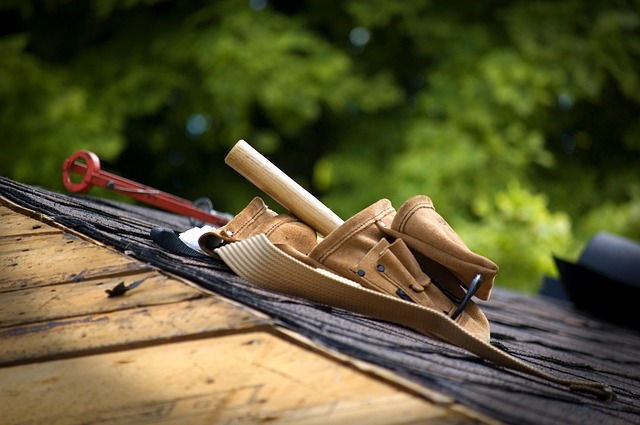
Reroofing is a job best left to a qualified roofing contractor near you. Being on a roof or ladder is dangerous enough in any circumstance, but even more so when you’re using a nail gun, pry bar, and other such tools. If you are considering DIY roof repairs, however, note how to attach or layer on a new roof over an old roof.
Once you’ve finished reroofing, rake the roof again. This will ensure you collect any loose nails and connectors and that the roof is clean and free of debris.
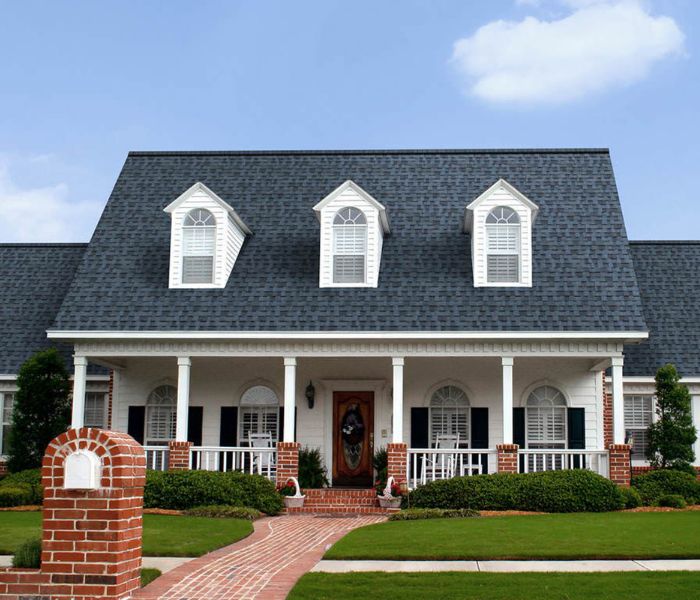
While adding a new roofing layer over the existing roof might raise it a slight bit, the only way to change the shape of a roof is by replacing its interior and exterior structural materials. This includes the rafters and joists that create roof shape.
Changing out the walls, ridges, and rafters can change the roof shape and entire appearance of your home but this job is typically expensive and involved, and requires a permit. However, a more sloped or pitched roof can encourage added water runoff, protecting those roofing layers, and potentially increase your home’s value. Talk to a real estate agent or appraiser if you’re thinking of changing the roof shape to enhance property values.
If you are looking to change the shape of your home’s roof, you might familiarize yourself with their various shapes and types. You can then discuss your options with a home renovation contractor or roofer near you as needed.
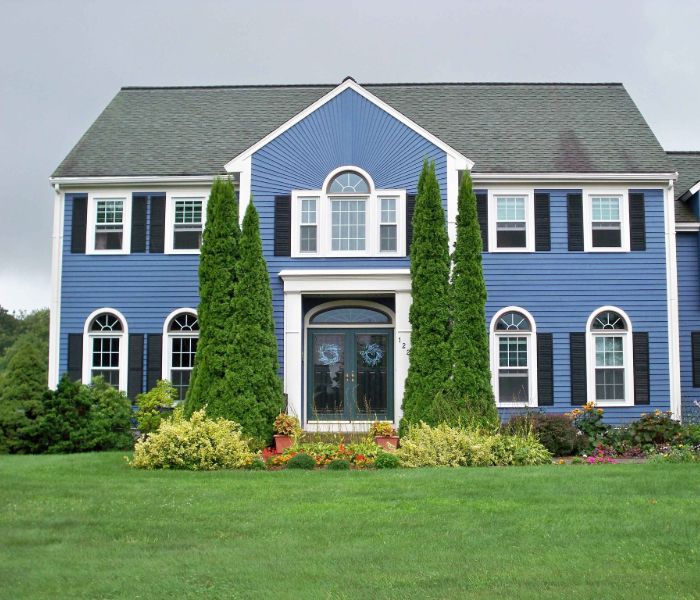
If you’re not sure about the right roof style for your home or addition, tell your contractor what you want to accomplish with the roof; are you just looking to add a bit more visual interest to your home’s exterior? A gambrel or M-shaped roof might do the trick. Do you need more space and light in an upper room or attic? Add dormers or a gambrel roof. If you’re tired of fixing water and storm damage, it might be time for a hip roof on your home.
For added protection against the elements and a bit of shade over your home’s patio, consider adding some roof rafters extending from the house roof. First, calculate the sightline clearance height and then determine the beam size you’ll want to use. Choose your roof pitch and style; a shed roof, mentioned above, is probably the easiest to construct and offers lots of shade and water runoff protection.
Stain the wood pieces before installation, to protect them from outdoor elements and ensure an even covering. Fasten the post bases to the ground with what are called lag bolts; make sure they sit plumb and level. Cut the rafters so they sit flush on those post bases and cut an angle along the top of the post base to accommodate; ensure you install those beams on the posts and not to their sides, as bolts aren’t strong enough to support the weight of those rafters.
Cut the outer rafters so they sit flush on top of the house roof and attach them to the posts. Once all the rafters are in place, install horizontal planks to form the patio roof. If you’ll be adding shingles rather than opting for a pergola look, attach plywood decking over the rafters and then roof felt. You can then install roofing shingles.
This information is proudly presented to you by United Better Homes. If you’re still wondering, “Can you build a roof over an existing roof,” or know that your home is ready for roof repairs or full-scale roof installation, call the pros at United Better Homes today. We stand behind all our roof repairs and installation work with an industry-leading warranty and use only the highest-quality, name brand materials built to last! For all your re-roofing and installation needs, rely on the name you can trust, United Better Homes. Contact us today for roofing services in Rhode Island & Massachusetts!